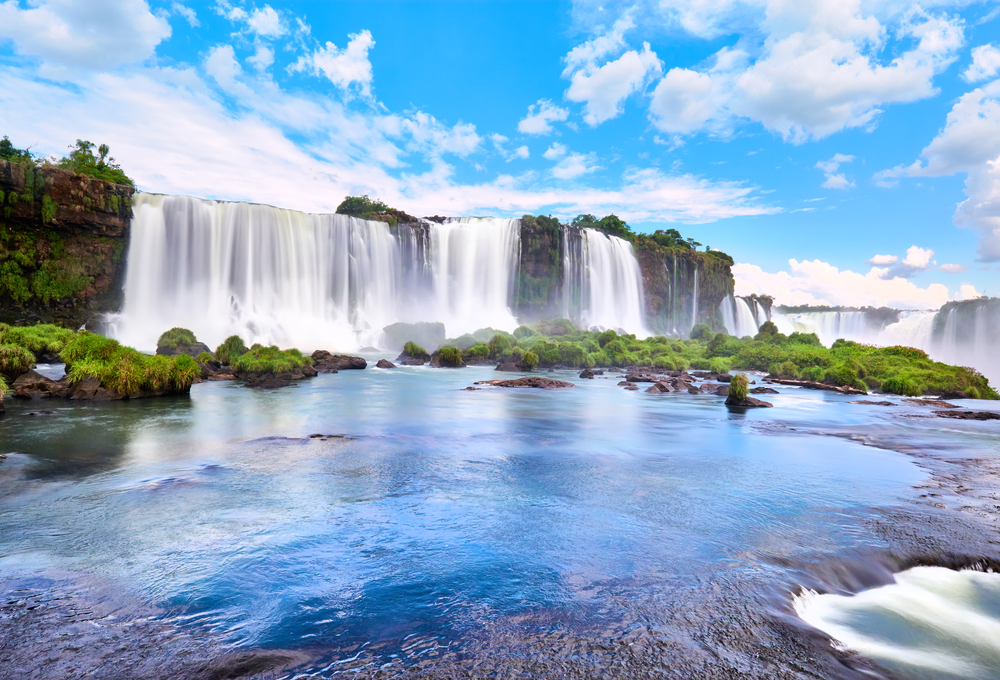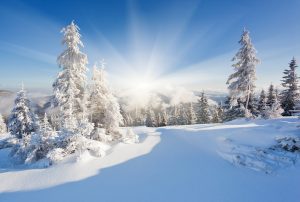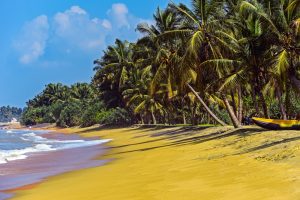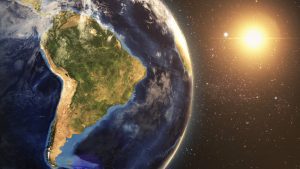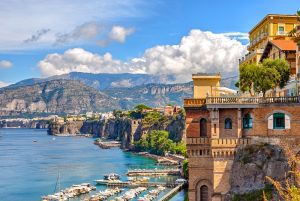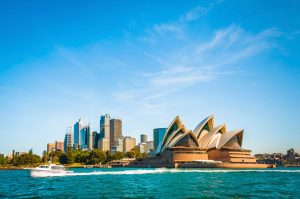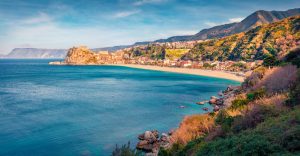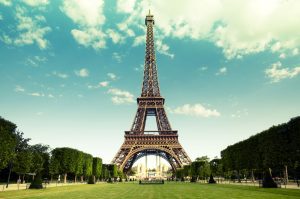Looking to study, relocate, or vacation in South America? Or maybe you’re just curious about what the weather is like there?
Note that summertime in the United States is winter in Argentina, so keep that in mind if you are planning a visit.
The climate of Argentina varies from region to region, as the vast size of the country and wide variation in altitude make for a wide range of climate types.
So does it snow there?
Yes, it snows in Argentina, but only in the southern part. The north has a sub-tropical climate, whereas the south has a polar climate.
Between June and August, Argentina experiences its winter. Vast frost and snow cover much of the southern region during this period.
Table of Contents
Does it Snow in Argentina?

It sure does, but not for long and is very rare in Buenos Aires. Unless you’re in Patagonia, summers are the hottest and wettest time of year in Argentina.
Frost and snow can be expected throughout the year, with moderate winters in the north but cool winters in the center.
Temperatures in the southern areas of the region are less severe and longer-lasting than those in northern regions with similar latitudes.
Temperatures in spring and fall are typically milder than in the other seasons.
When Is Winter in Argentina?
Argentina experiences its winter from June until August. It snows and sleets in the southern parts of South America during this time.
Elevation and relief play a role in determining the climate in different parts of Argentina. The majority of the country’s mainland is covered in mild weather.
Northern Argentina experiences a subtropical climate, while southern Argentina experiences a polar one.
Where Does it Snow in Argentina?
Argentina’s capital and largest city, Buenos Aires, is located in the south.
Precipitation can collect up to 24.76 inches (629 millimeters) in the city, but it rarely experiences snow.
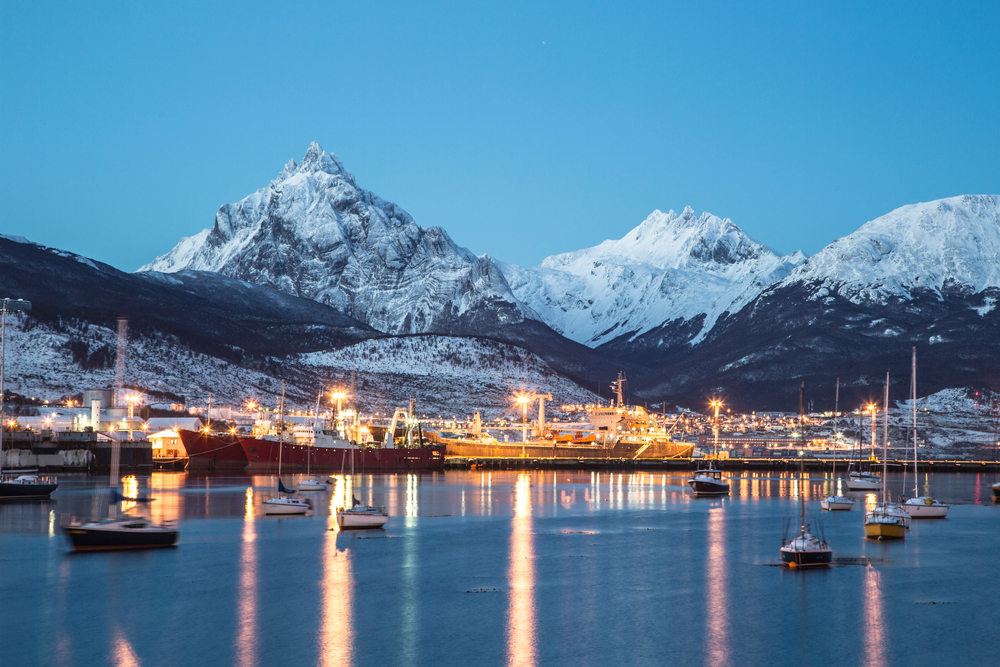
Snow falls in Ushuaia, Argentina. Southern Argentina’s largest metropolis, Ushuaia, covers an area of over 9,300 square miles.
The city receives an average of 46.57 inches (1183 millimeters) of snow per year, with some years receiving even more.
Bariloche is a high-altitude city nestled in the Andes, at an elevation of 8,931 feet (2,930 meters).
Bariloche receives just over 47 inches of snow for a total of three weeks of snowfall.
Argentina Snowfall During Winter
Snowfall in June
In Argentina, the winters can be brutally harsh at times. Bariloche’s low temperature is 30.9 degrees Fahrenheit compared to Ushuaia’s -2.3 degrees Celsius.
Argentina’s southern regions get up to a foot of snow per day this month. Bariloche has 12.8 inches of snow, compared to 16.1 days of snowfall at Ushuaia, where 9.06 inches of snow accumulated.
Snowfall in July
Argentina’s Ushuaia has an average low temperature of 27.1°F in July. As much as 6.5inches of snow can accumulate over 14 days in Ushuaia’s winter season.
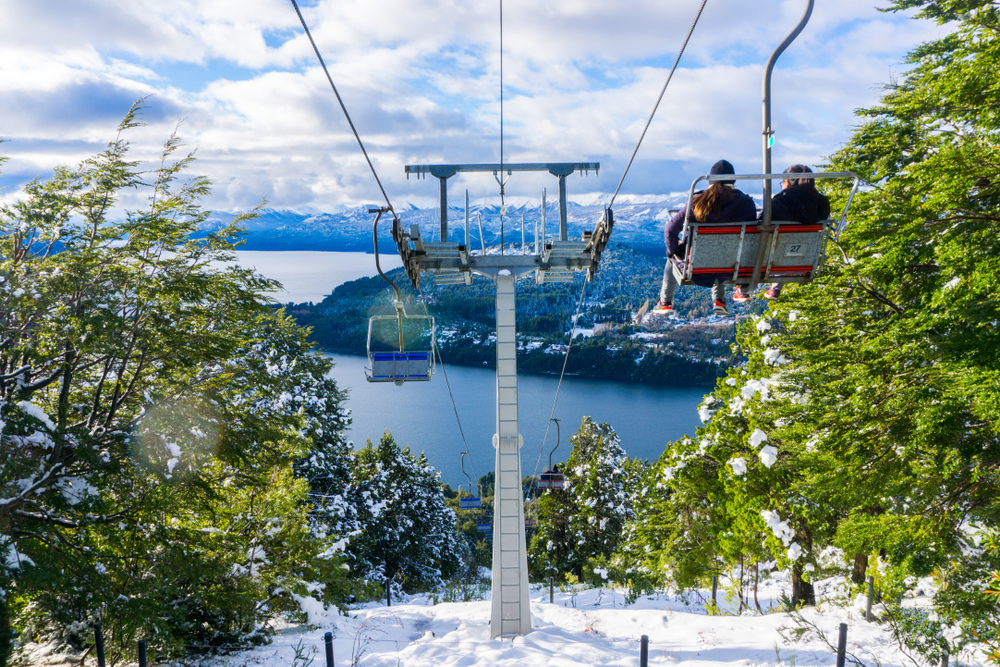
Bariloche has the most snowfall of any city in Argentina, with 16.4 inches.
Snowfall in August
In Argentina, the winter season ends in August. Ushuaia’s temperatures remain sub-zero, so it’s not uncommon to see people bundled up warmly.
The average low temperature is 27.5°F, but Bariloche has a low of 30°F.
Argentina’s Micro-Climates
There are a wide variety of microclimates in different parts of the country. Most of Argentina’s north is defined by hot, humid summers and mild winters that are punctuated by droughts.
The Chaco region, Argentina’s hottest, is located to the west. The vegetation in the Chaco region shifts from forests to shrubs as precipitation decreases westward.
Although the mountainous geography creates a climate that ranges from the cold, dry puna to dense jungles, the northwest region of Argentina is primarily dry and hot.
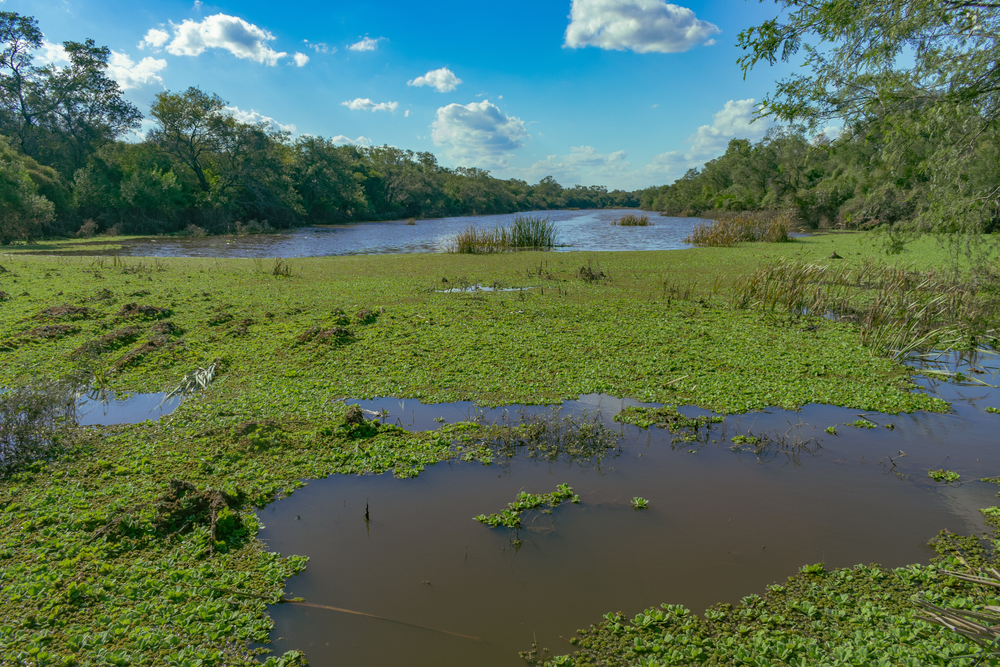
Temperatures can soar in the Pampas region to the east and the drier Cuyo region to the west during the hot summer months, which are punctuated by frequent tornadoes and thunderstorms.
Summers are warm and winters are cold and windy in Patagonia in the south of the country, with the region’s precipitation ranging from the driest to the wettest places on the planet.
At higher altitudes, temperatures are lower and snowfall is more likely, regardless of latitude.
What Causes Severe Weather and Natural Disasters in Argentina?
The geographical and geomorphic features of Argentina are prone to bringing on severe weather and other natural disasters, which can have an economic and social impact.
The flat terrain and inadequate water drainage make the Pampas, where many major cities are located, prone to floods.
Tornadoes, destructive hail, storm surges, and high winds are all potential outcomes of severe storms, which can result in thousands of people being displaced and a considerable number of people being killed.
A major economic sector in the country, agriculture, is badly affected by extreme weather events such as heat waves and cold waves, and as a result, both rural and urban areas experience increased energy consumption and the potential for energy shortages.
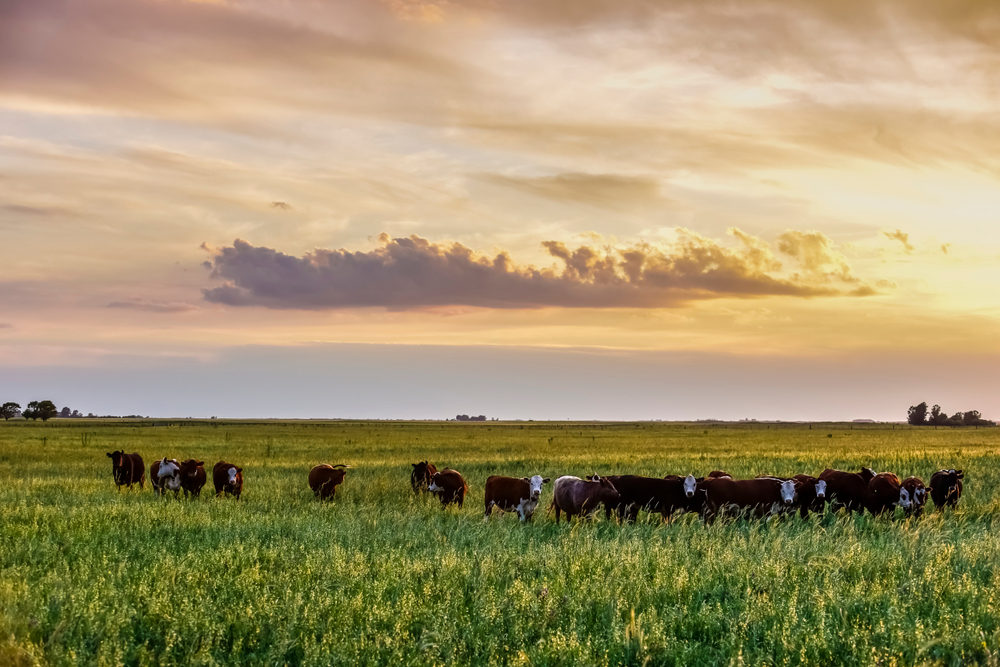
How Will Climate Change Affect Argentina?
Climate change will have a huge impact on Argentina, which is particularly vulnerable. There has been an increase in temperatures throughout the last century, but the reported increases in precipitation have been erratic.
Extreme weather events and glacier retreats have been impacted by these changes. The severity of these climatic occurrences is expected to rise as a result of climate change estimates for both precipitation and temperature.
Climate Change Factors in Argentina
Latitude, height, and distance from the sea are the three most important factors influencing Argentina’s climate.
Each season in Argentina has a variation in the amount of sunlight and solar radiation that reaches its surface, and this affects the temperature.
As a result, temperatures drop from north to south as a result of latitude variations.
Even though the country’s central and eastern regions are mainly flat, its west is dominated by mountains.
An important climate factor in Argentina is influenced by its terrain and height, resulting in temperature, pressure, and precipitation patterns that vary based on the region’s topography and altitude.
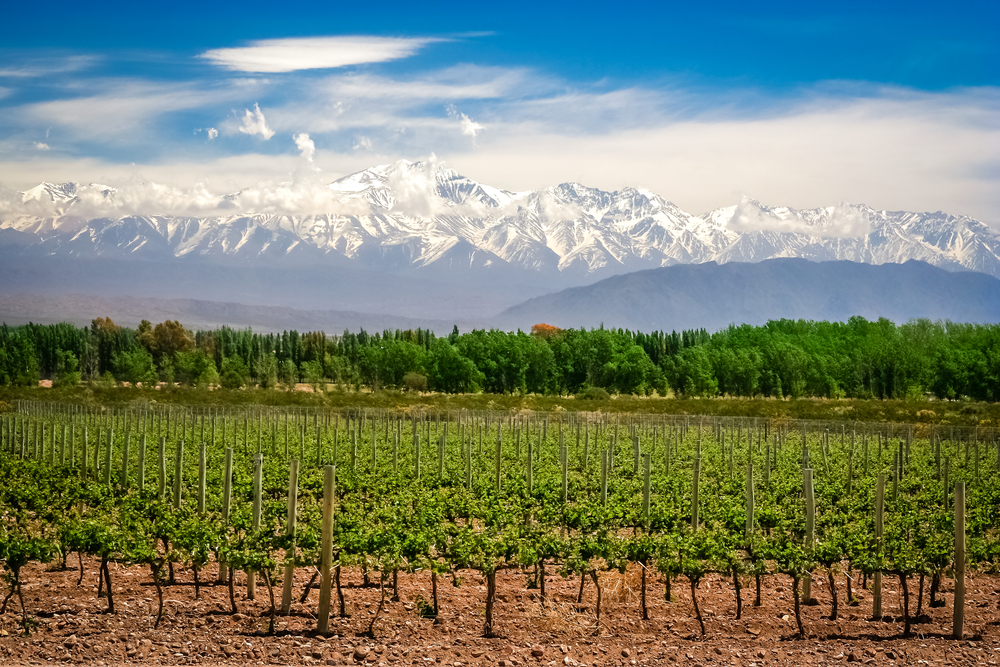
There is a strong influence of the Andes in this area on the weather patterns. Since low-pressure systems bringing precipitation out from the Pacific Ocean cannot enter due to the Andes’ higher heights north of 40°S, the regular westerly flow is completely blocked.
Consequently, a large portion of Argentina north of 40°S is governed by the South Atlantic High’s wind direction.
Impact of Westerly Winds on Sections of Argentina
Many parts of Patagonia are influenced by westerly winds as well as air masses coming out from the Pacific Ocean because of the lower altitude of the Andes.
The Andes, on the other hand, block moist air masses coming from the Pacific because of their north-south inclination.
Because of all this, such air masses are cooled adiabatically as they rise. Argentine air warms by transmitting energy to the environs as it descends.
This dries up the rainwater that was dumped on the Chilean side, where it causes a lot of rainfall and cloud cover.
As a result, most of Patagonia has been in a rain shadow, which means that it receives almost no rain.
Unlike the Andes mountains, the Sierras Pampeanas have a lesser impact on the climate.
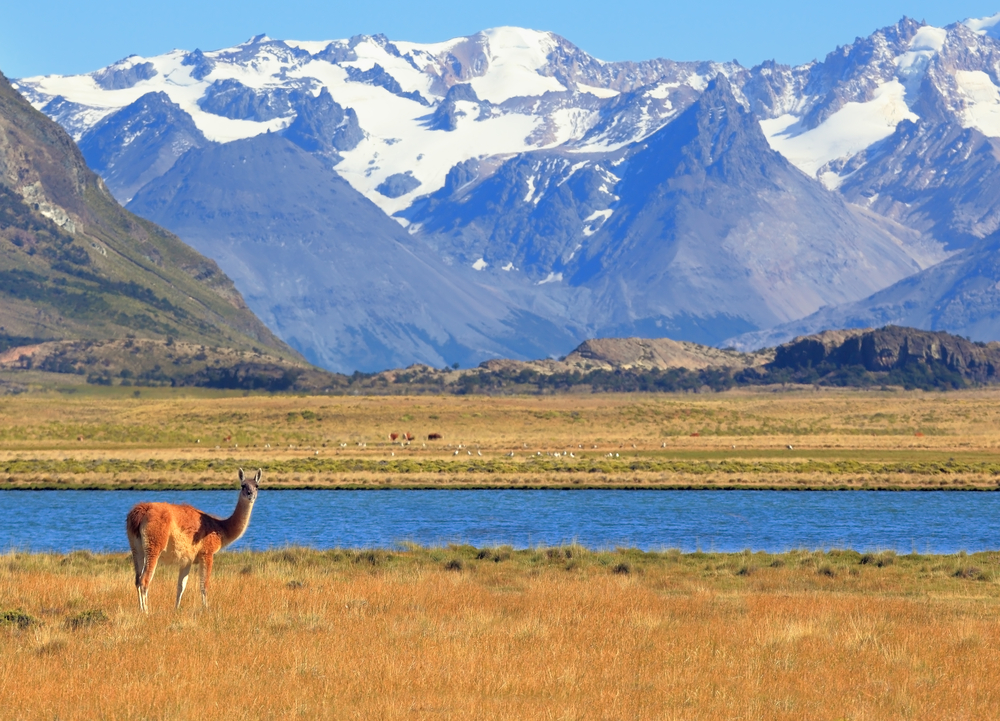
How Does the Ocean Impact Argentina’s Weather?
Another major element is the distance from the ocean. It is because of the country’s layout that most of it, barring its northernmost regions, is cooled by the oceans, resulting in smaller thermal amplitude than at equivalent northern hemisphere latitudes.
The Malvinas and Brazil Current from the south and north respectively are the two major flows that influence the temperature of Argentina.
Tropical waters are carried south by the Brazil Current, but subantarctic waters are carried north by the Malvinas Current.
The robust winter Malvinas Current in the winter cools coastal locations.
As a result of the coldness, summertime along the Pampas coast remains cooler and the frost duration extends.
Furthermore, the chilly Malvinas instead of the warmer North Atlantic is the primary contributor to rendering Tierra del Fuego cooler than at equivalent elevations in Europe.
North Argentina Climate Zone
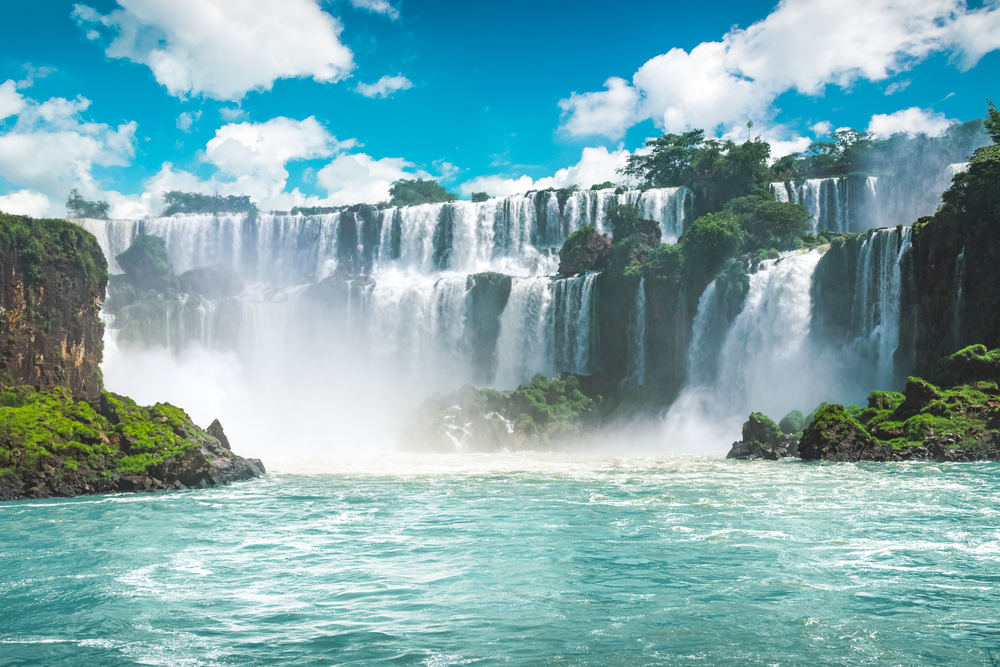
There are three distinct climatic zones in northern Argentina. A year-round destination, the Iguazu Falls region is a tropical paradise with a warm and moist climate.
The terrain becomes increasingly dry as you go west, approaching Salta, and the average temp is roughly 17°C.
The Atacama, the planet’s driest desert, lies even more to the west.
Desert nights can grow cold in the wintertime. Nevertheless, the daytime highs are more agreeable in the winter than in the summer, when temperature changes might reach 40°C.
Argentina’s Central Region
A pleasant 18°C is the norm for most of the year in Buenos Aires, with the warmest months falling in December, January, and February.
When visiting Buenos Aires throughout the winter (our summer season), it’s a good idea to bring some rain gear with you.
We also suggest carrying an extra jumper with you in case it gets cool at night.
It’s best to visit during the grape harvest from February to March if you’re interested in winemaking.
Argentina’s Southernmost Provinces
The greatest time to visit Argentina’s Tierra del Fuego, as well as Patagonia, is from December through March.

You’ll want to dress warmly with the temperature hovering around 5°C.
Glaciers, as well as floating icebergs, can be seen from afar throughout that time of year when the days are longer.
During the coldest months of the year, July through August, many facilities close, buses run less often, and arrivals and departures are canceled.
Traveling is not advised at this time. There is a wide range of climatic changes in September, April, and May, and good travel conditions often boil down to sheer chance.
Top Places to Visit in Argentina in Wintertime
The Iguazu Waterfall
This waterfall is a breathtaking and unforgettable sight. Throughout the winter, the waterfall, as well as the surrounding landscape, take on a magical beauty all their own.
The best time to visit this section of Argentina is throughout the winter months when temperatures aren’t as high as they are in the summer.
During the day, it’s a great place to be, but at night, it can be a little chilly with a nice breeze. In the winter, this stunning location is a must-see.
Patagonia

Patagonia, Argentina’s southernmost region, is a favorite destination for winter trekkers. It’s one of the best places to trek in the world.
Winters in this part of the country are often cold, with lows of 0 degrees Fahrenheit common at night and in the wee hours of the morning.
There are a lot of pathways to hike in the winter, so it’s a terrific time to visit. The higher you go, the more likely it is that you’ll encounter snow.
Bariloche is a great place to go skiing, and there are plenty of trails to choose from. An exhilarating experience awaits those who venture into the snowy mountains.
If you’re planning on visiting this location, be sure to pack a few layers of warm clothing.

